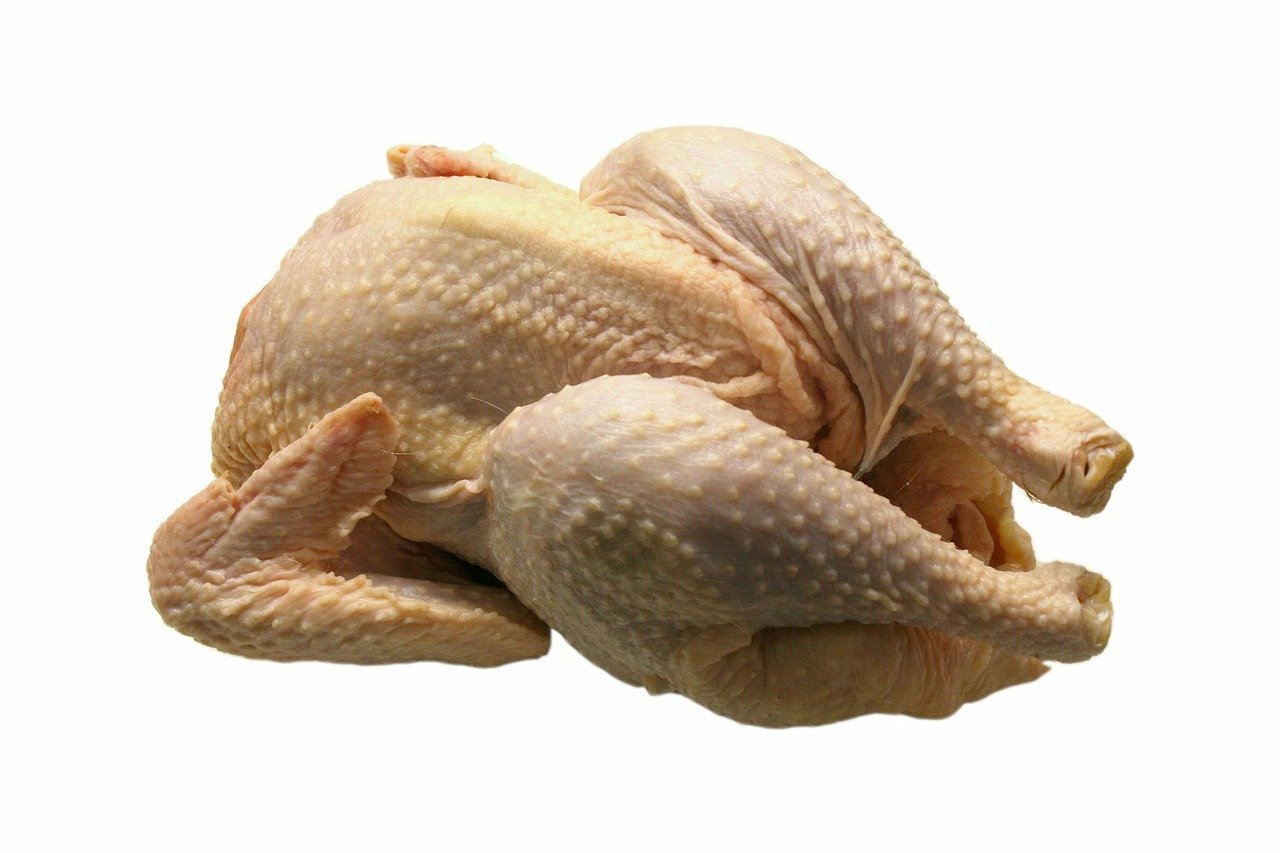How a Sanitary Transport Plan Helps Commercial Meat and Poultry Shipping
The FDAs Food Safety Modernization Act (FSMA) ensures that food is safely transported from farm to table. The act was recently revised in 2017 to include additional provisions on sanitary transport. In this article, we discuss the new regulations, as well as the hazards and the benefits of implementing a sanitary transport plan.
Sanitary Transport Plans Improve Shipping of Meat and Poultry from Farm to Table
Under the FSMA, transporters are required to implement a sanitary transport plan. The reason for this is that these plans help transporters ensure that food makes it from the far to consumers’ tables free from contamination as fresh as possible. This is because a sanitary transport plan requires transporters to implement safety measures to protect food products and imposes responsibility on the transporter to ensure those measures are always met. The end result is that the rate of safely transported meat and poultry is greatly improved.
What are the 7 FSMA Rules and Regulations?
There are seven major components of the FSMA. These are summarized below:
- Preventive Controls Rules for Human and Animal Food. These rules, very generally, require all food facilities to implement a Food Safety Plan to avoid contamination of food products. Facilities must also approve their suppliers who provide raw materials to the facilities.
- Produce Safety Rule. These guidelines set minimum standards for the safe production, growing, harvesting and packing of produce – all of which are designed to prevent contamination.
- Foreign Supplier Verification Program (FSVP) Rule. These rules apply to foreign food supplies and requires that these producers comply with all FDA guidelines before their products can be sold in US markets.
- Accredited Third-Party Certification. This rule establishes a voluntary program for the accreditation of third-party certification bodies to perform food safety audits. The third-party certification bodies can then issue certifications of facilities and the foods they produce.
- Sanitary Transport Rule. This rule imposes a number of regulations for the transportation of food products, ranging from identifying what equipment to use, regulating temperatures, and requiring transporters to establish sanitation plans.
- Intentional Adulteration Rule. This rule requires facilities to establish a Food Defense Plan that helps facilities monitor their food safety procedures, and establish strategies for resolving weaknesses in their systems
- Compliance Rules. Finally, these rules all have their own set of compliance requirements, and establishes repercussions when facilities fail to comply with these standards.
What are the Hazards of Shipping Frozen Meat and Poultry?
There are several challenges to shipping meat and poultry. The most notable hazard is the risk of bacterial contamination, such as salmonella, which can develop if the meat is not store at adequate temperatures. However, hazards can also arise if individuals use too many chemicals to prevent contamination or to clean surfaces. It is important to prevent contamination of meat and poultry products to ensure that these food products arrive safely to their final destination and are edible.
How do I Comply with FSMA When Shipping Meat and Poultry?
There are a lot of steps that you must take to fully comply with the FSMA. It goes beyond simply reading the regulations and making generalized changes to your workflow to ensure compliance. In addition to understanding the rules and regulations, you must also make sure that you have set aside enough resources and capital to implement these changes and that those changes will work in the long run. Additionally, it is important to fully train your employees so that they can identify shortcomings in your processes and react accordingly. Don’t forget to frequently reassess your compliance measures and ensure that they still ensure that the standards of the FSMA are being met.
What Should be Included in a Food Safety Plan?
A food safety plan should be a comprehensive, detailed and descriptive summary of your facility and the measures you take to ensure the food that passes through your facility is safe for later consumption. At a minimum, your food safety plan should identify the areas where your facility is vulnerable to contamination, outline specific practices in place that minimize those weaknesses, and also describe mitigating practices to control contamination in the event it occurs. Additional things to include are record keeping practices, an analysis of your practices and specific controls for sanitation, allergens and
How does ECT Work with you to Safely Transport Meats from Farm to Table?
At ECT, we have spent a significant amount of time understanding the requirements of the FSMA and the regulations it imposes on transportation of meat and poultry. Because of this extensive understanding, we are well equipped to transport meat products in complete compliance with FSMA requirements. With our expertise and available resources, we can help ensure that your meat products are safely and efficiently transported. Contact us for more information.

